MY FIRST PAPER! We& #39;ve developed a method to estimate the preferred walking speed of dinosaurs (spoiler: T. rex wasn& #39;t that fast)
With Knoek van Soest & @Anneschulp
Check out those tail movements on Trix the T. rex (made with Rick Stikkelorum & Arthur Ulmann)
#biomechanics
1/13
With Knoek van Soest & @Anneschulp
Check out those tail movements on Trix the T. rex (made with Rick Stikkelorum & Arthur Ulmann)
#biomechanics
1/13
Read the (open access) paper here: https://royalsocietypublishing.org/doi/10.1098/rsos.201441
https://royalsocietypublishing.org/doi/10.10... href="https://twitter.com/RSocPublishing">@RSocPublishing
The work is based on my BSc thesis human (hmm...) movement sciences at @VU_FBW & @museumnaturalis
@VUamsterdam @VU_Science @VU_FGB @Naturalis_Sci @UUGeo
The work is based on my BSc thesis human (hmm...) movement sciences at @VU_FBW & @museumnaturalis
@VUamsterdam @VU_Science @VU_FGB @Naturalis_Sci @UUGeo
Animals prefer walking speeds that minimize energy cost for a given distance. One important strategy by which they achieve this is resonance: by moving a body part at the correct rhythm (its natural frequency), you get the "biggest movements" with the least effort.
Dinosaurs tails were suspended by the interspinous ligaments, which behave like rubber-bands. The tail would sway up and down with each step (like a giraffe& #39;s neck). If the step rhythm and tail natural frequency were matched, the tail would resonate, maximizing energy storage.
We demonstrated the method on Trix (RGM.792000) the #Tyrannosaurus rex in the collection of @museumnaturalis, @Naturalis_Sci. Trix has fantastic preservation of the tail vertebrae, allowing us to perform a 3D muscular & ligament reconstruction.
Using a 5-segment spring supported biomechanical model of the tail, we estimated tail natural frequency (0.66 Hz). This corresponds to a step every 1.5 seconds. We scaled up the trackway from McCrea et al. 2014 up to Trix& #39;s size to find a step length of 1.94 m.
If you multiply step frequency by step length, you get a preferred walking speed of 1.28 m/s (4.6 km/h). This is slower than most estimates for large bipedal dinosaurs (2-3 m/s), but a lot closer to humans, ostriches, horses, elephants & giraffes.
We& #39;ve added an excel spreadsheet as supplementary material, that lets you try out different assumptions for the model, and see how this affects the outcome:
https://doi.org/10.6084/m9.figshare.14387084.v1">https://doi.org/10.6084/m...
This was inspired by @aeroevo& #39;s talk at @SVP_vertpaleo!
We& #39;ve also some 3D scans of the tail
https://doi.org/10.6084/m9.figshare.14387084.v1">https://doi.org/10.6084/m...
This was inspired by @aeroevo& #39;s talk at @SVP_vertpaleo!
We& #39;ve also some 3D scans of the tail
A future look at vertebral kinematics & ligament composition in archosaur tails can reduce uncertainty. However, our results are unaffected by the muscularity of the tail. The muscles are usually the largest source of error, so our method provides an alternative line of evidence.
Next up: forward dynamic simulations of T. rex using @OpenSimSU! Here& #39;s a sneak peek from a few months ago. This was the first-pass, when the model didn& #39;t even have ankle joints or a tail yet... Stay tuned for more!
Many thanks to both Knoek & @Anneschulp, I& #39;m very fortunate with this supervisory duo!
Special thanks to @KoenLemaire, for your role in the discussions and conception of the project!
Thanks #scicomm wizard @bart_braun, who made the animation possible (among many other things)
Special thanks to @KoenLemaire, for your role in the discussions and conception of the project!
Thanks #scicomm wizard @bart_braun, who made the animation possible (among many other things)
Thank you @DinoImpact & @Palaeo3D for your feedback on early versions of the manuscript!
Further discussions with @wisellers, @DinantKistemak1, Maarten Bobbert, Karl Bates, Fuda van Diggelen have also been very valuable during this project.
Further discussions with @wisellers, @DinantKistemak1, Maarten Bobbert, Karl Bates, Fuda van Diggelen have also been very valuable during this project.
I& #39;d also like to thank @PeteLarsonTrex for providing excavation maps, Darren Tanke for providing photos, & Valentin Vanhecke for 3D scanning.
Renée Zijlmans shot and edited a cool video summary with me (coming soon)
Lastly, thanks to the team at @RSocPublishing!
13/13
Renée Zijlmans shot and edited a cool video summary with me (coming soon)
Lastly, thanks to the team at @RSocPublishing!
13/13
@SUEtheTrex What do you think of our new conception of Trix the T. rex? I spent a lot of time with Rick Stikkelorum and Arthur Ulmann to make it as accurate as possible. Trix is pretty big, but didn& #39;t turn out quite as *ahem* chonk-y as you  https://abs.twimg.com/emoji/v2/... draggable="false" alt="❤️" title="Rotes Herz" aria-label="Emoji: Rotes Herz">
https://abs.twimg.com/emoji/v2/... draggable="false" alt="❤️" title="Rotes Herz" aria-label="Emoji: Rotes Herz"> https://abs.twimg.com/emoji/v2/... draggable="false" alt="😁" title="Grinsendes Gesicht mit lächelnden Augen" aria-label="Emoji: Grinsendes Gesicht mit lächelnden Augen">
https://abs.twimg.com/emoji/v2/... draggable="false" alt="😁" title="Grinsendes Gesicht mit lächelnden Augen" aria-label="Emoji: Grinsendes Gesicht mit lächelnden Augen"> https://abs.twimg.com/emoji/v2/... draggable="false" alt="🦖" title="T-Rex" aria-label="Emoji: T-Rex">
https://abs.twimg.com/emoji/v2/... draggable="false" alt="🦖" title="T-Rex" aria-label="Emoji: T-Rex">

 Read on Twitter
Read on Twitter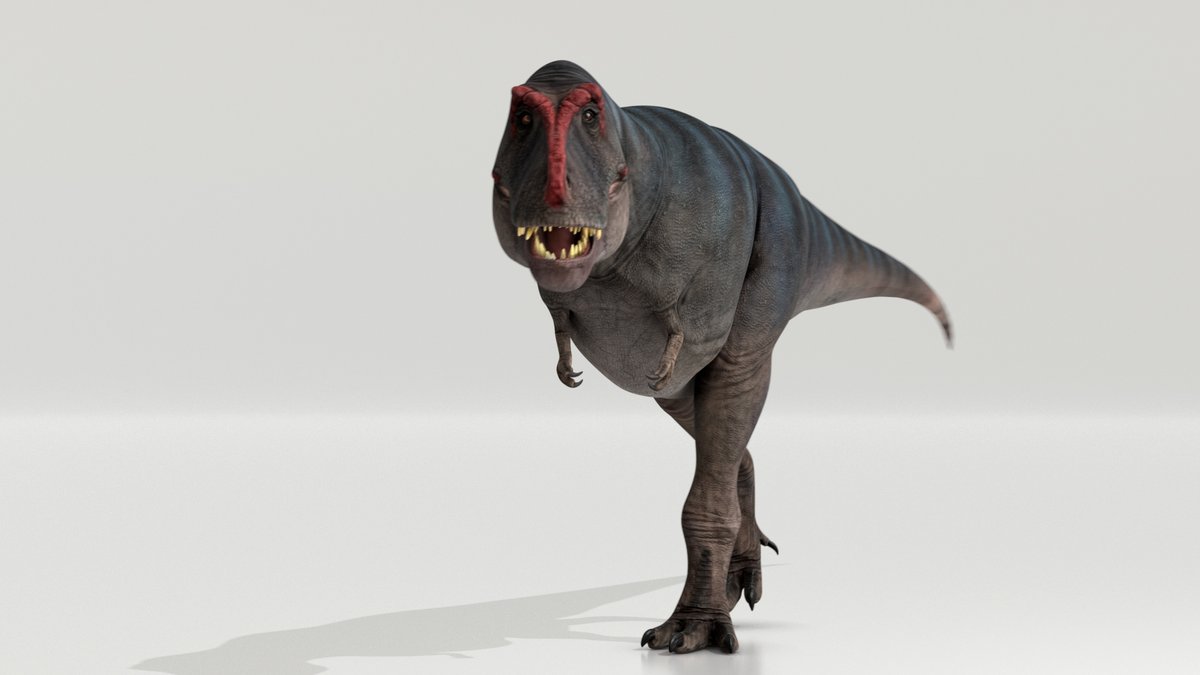 @RSocPublishingThe work is based on my BSc thesis human (hmm...) movement sciences at @VU_FBW & @museumnaturalis @VUamsterdam @VU_Science @VU_FGB @Naturalis_Sci @UUGeo" title="Read the (open access) paper here: https://royalsocietypublishing.org/doi/10.10... href="https://twitter.com/RSocPublishing">@RSocPublishingThe work is based on my BSc thesis human (hmm...) movement sciences at @VU_FBW & @museumnaturalis @VUamsterdam @VU_Science @VU_FGB @Naturalis_Sci @UUGeo">
@RSocPublishingThe work is based on my BSc thesis human (hmm...) movement sciences at @VU_FBW & @museumnaturalis @VUamsterdam @VU_Science @VU_FGB @Naturalis_Sci @UUGeo" title="Read the (open access) paper here: https://royalsocietypublishing.org/doi/10.10... href="https://twitter.com/RSocPublishing">@RSocPublishingThe work is based on my BSc thesis human (hmm...) movement sciences at @VU_FBW & @museumnaturalis @VUamsterdam @VU_Science @VU_FGB @Naturalis_Sci @UUGeo">
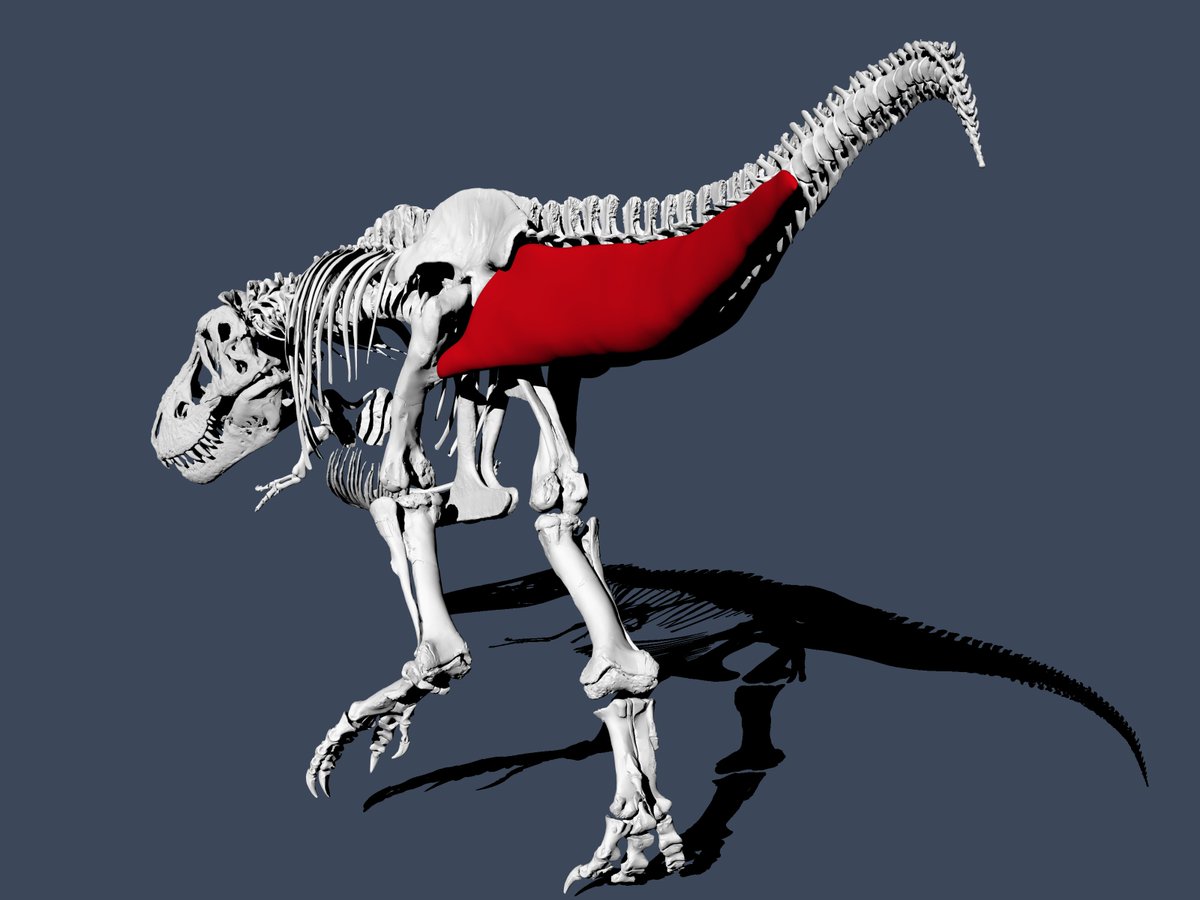 @RSocPublishingThe work is based on my BSc thesis human (hmm...) movement sciences at @VU_FBW & @museumnaturalis @VUamsterdam @VU_Science @VU_FGB @Naturalis_Sci @UUGeo" title="Read the (open access) paper here: https://royalsocietypublishing.org/doi/10.10... href="https://twitter.com/RSocPublishing">@RSocPublishingThe work is based on my BSc thesis human (hmm...) movement sciences at @VU_FBW & @museumnaturalis @VUamsterdam @VU_Science @VU_FGB @Naturalis_Sci @UUGeo">
@RSocPublishingThe work is based on my BSc thesis human (hmm...) movement sciences at @VU_FBW & @museumnaturalis @VUamsterdam @VU_Science @VU_FGB @Naturalis_Sci @UUGeo" title="Read the (open access) paper here: https://royalsocietypublishing.org/doi/10.10... href="https://twitter.com/RSocPublishing">@RSocPublishingThe work is based on my BSc thesis human (hmm...) movement sciences at @VU_FBW & @museumnaturalis @VUamsterdam @VU_Science @VU_FGB @Naturalis_Sci @UUGeo">
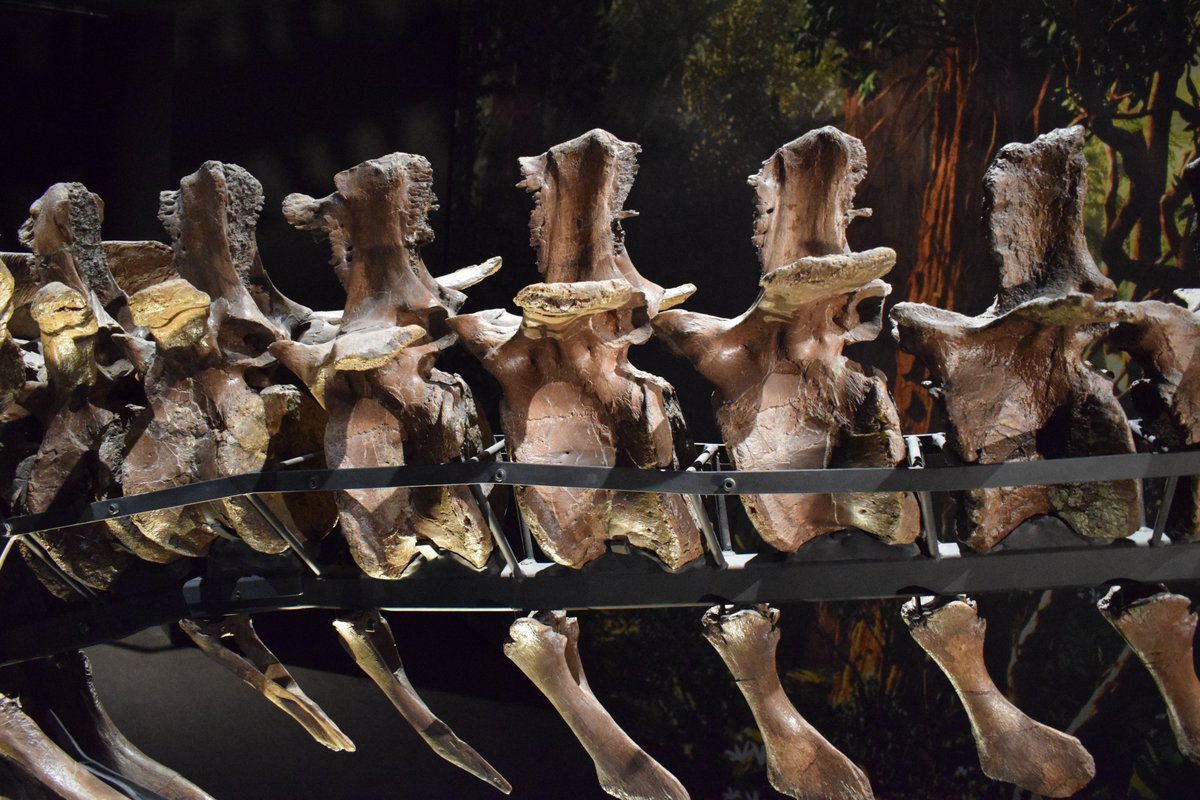
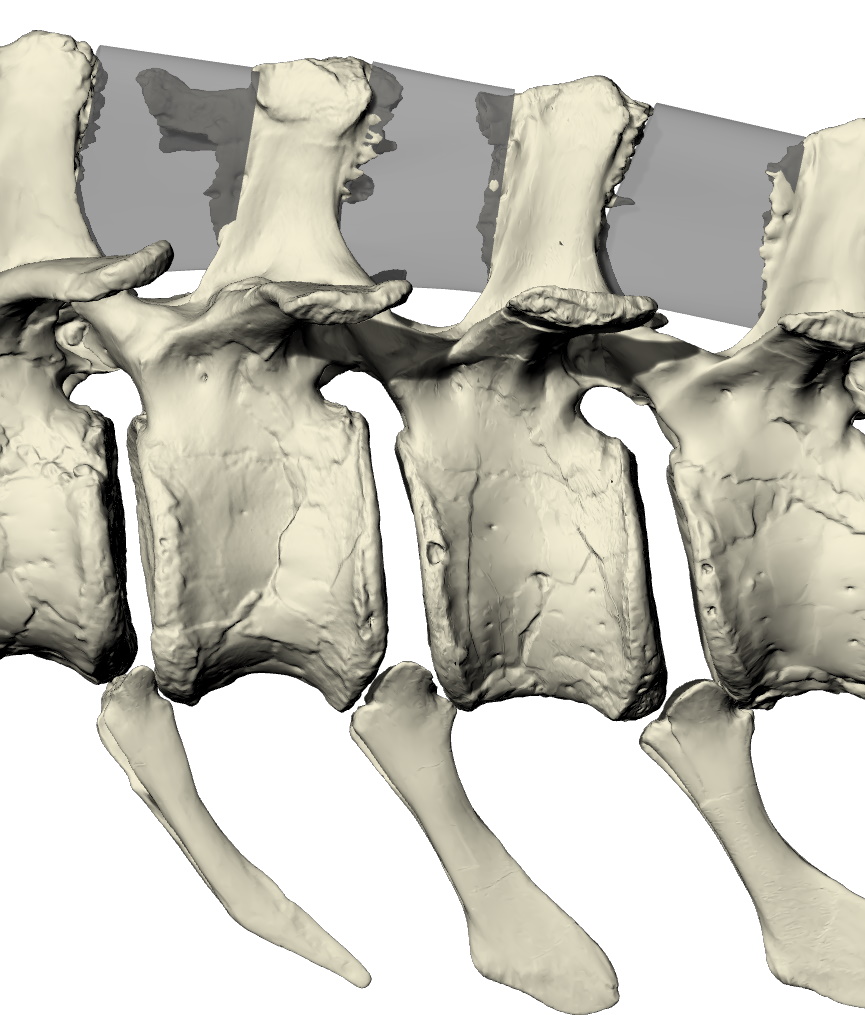
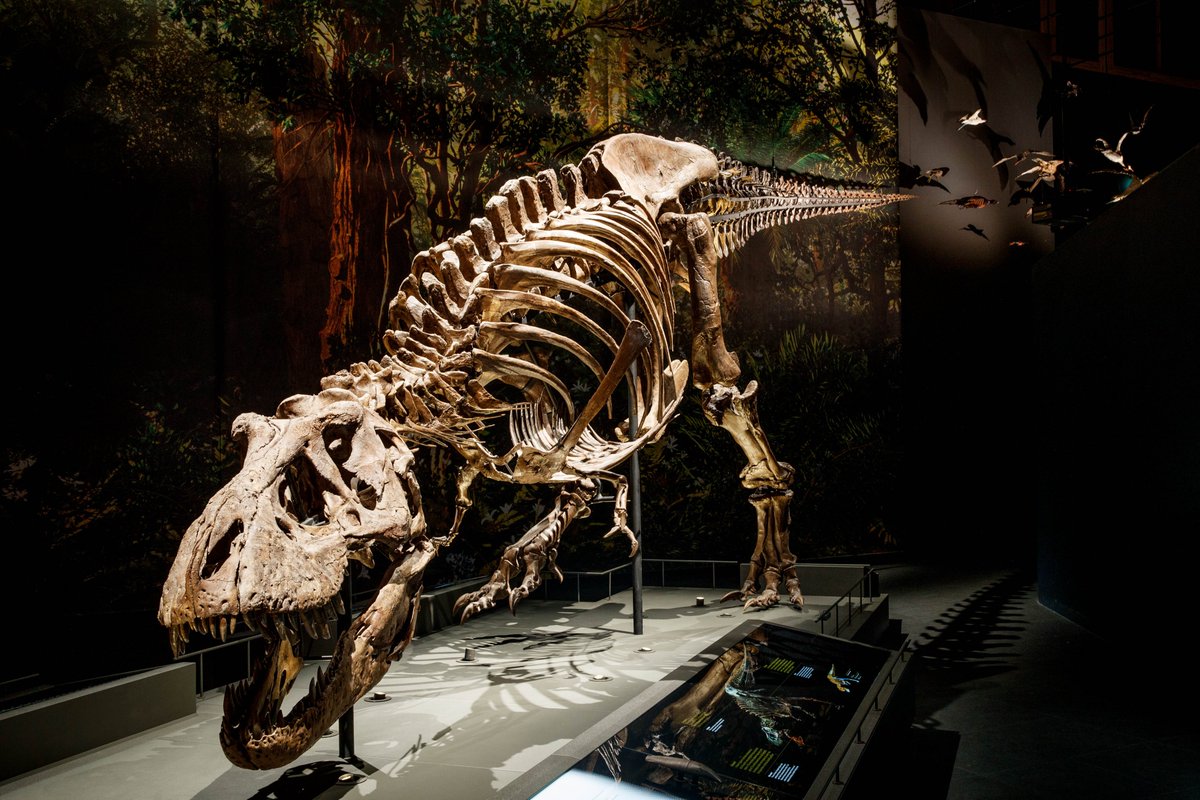
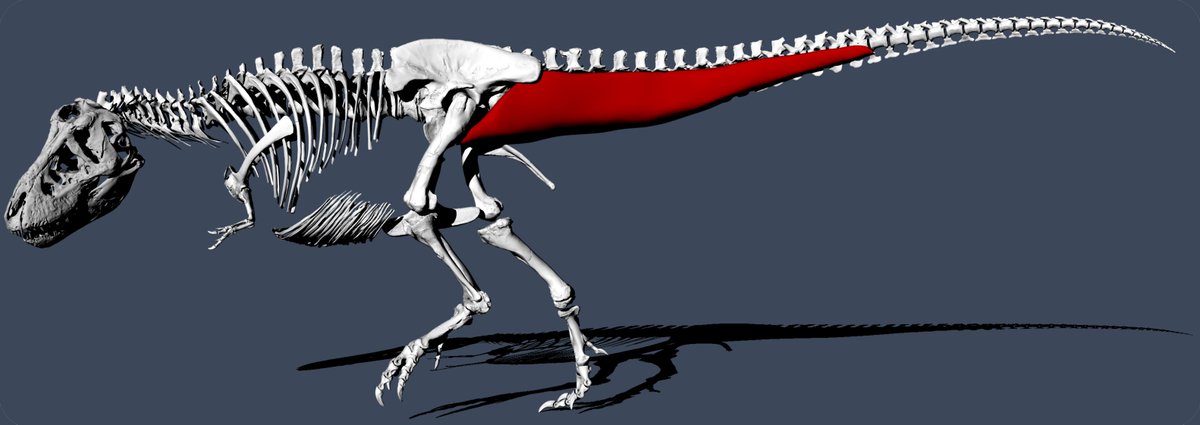
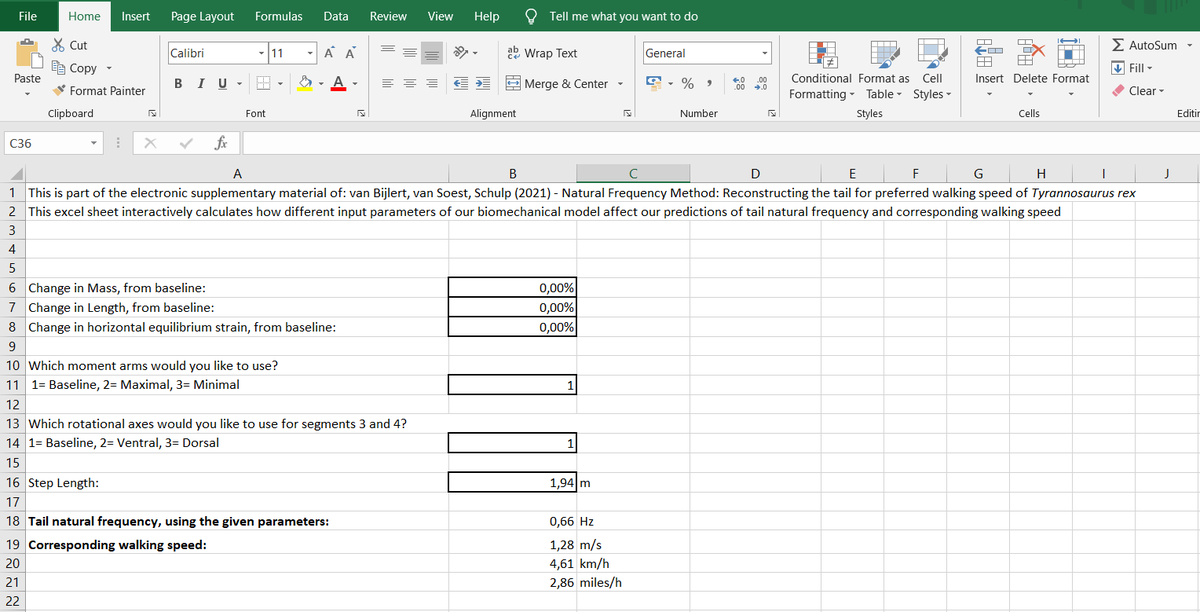
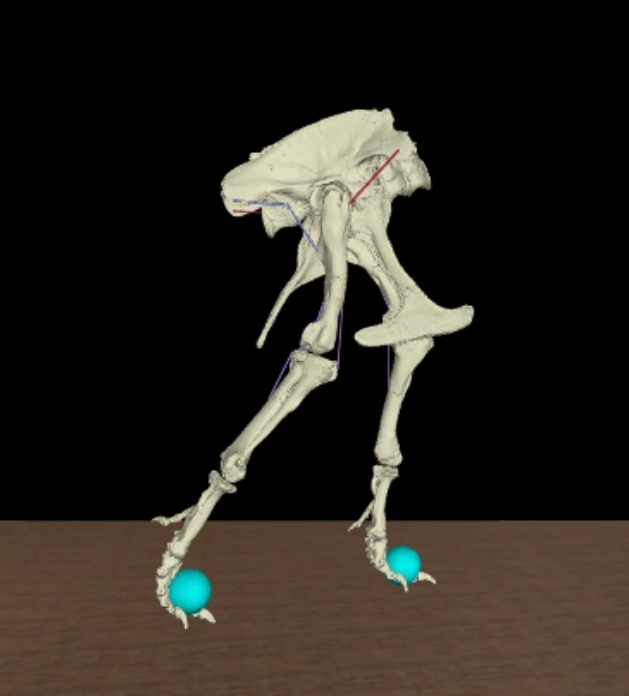
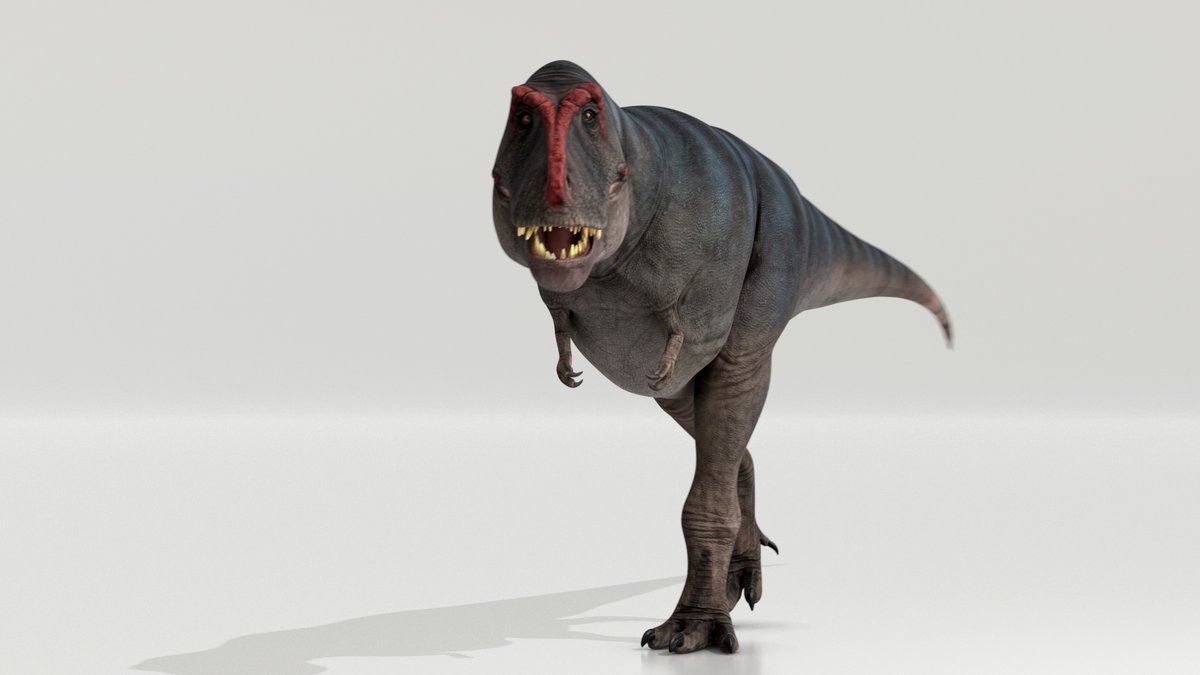 https://abs.twimg.com/emoji/v2/... draggable="false" alt="😁" title="Grinsendes Gesicht mit lächelnden Augen" aria-label="Emoji: Grinsendes Gesicht mit lächelnden Augen">https://abs.twimg.com/emoji/v2/... draggable="false" alt="🦖" title="T-Rex" aria-label="Emoji: T-Rex">" title=" @SUEtheTrex What do you think of our new conception of Trix the T. rex? I spent a lot of time with Rick Stikkelorum and Arthur Ulmann to make it as accurate as possible. Trix is pretty big, but didn& #39;t turn out quite as *ahem* chonk-y as you https://abs.twimg.com/emoji/v2/... draggable="false" alt="❤️" title="Rotes Herz" aria-label="Emoji: Rotes Herz">https://abs.twimg.com/emoji/v2/... draggable="false" alt="😁" title="Grinsendes Gesicht mit lächelnden Augen" aria-label="Emoji: Grinsendes Gesicht mit lächelnden Augen">https://abs.twimg.com/emoji/v2/... draggable="false" alt="🦖" title="T-Rex" aria-label="Emoji: T-Rex">" class="img-responsive" style="max-width:100%;"/>
https://abs.twimg.com/emoji/v2/... draggable="false" alt="😁" title="Grinsendes Gesicht mit lächelnden Augen" aria-label="Emoji: Grinsendes Gesicht mit lächelnden Augen">https://abs.twimg.com/emoji/v2/... draggable="false" alt="🦖" title="T-Rex" aria-label="Emoji: T-Rex">" title=" @SUEtheTrex What do you think of our new conception of Trix the T. rex? I spent a lot of time with Rick Stikkelorum and Arthur Ulmann to make it as accurate as possible. Trix is pretty big, but didn& #39;t turn out quite as *ahem* chonk-y as you https://abs.twimg.com/emoji/v2/... draggable="false" alt="❤️" title="Rotes Herz" aria-label="Emoji: Rotes Herz">https://abs.twimg.com/emoji/v2/... draggable="false" alt="😁" title="Grinsendes Gesicht mit lächelnden Augen" aria-label="Emoji: Grinsendes Gesicht mit lächelnden Augen">https://abs.twimg.com/emoji/v2/... draggable="false" alt="🦖" title="T-Rex" aria-label="Emoji: T-Rex">" class="img-responsive" style="max-width:100%;"/>


